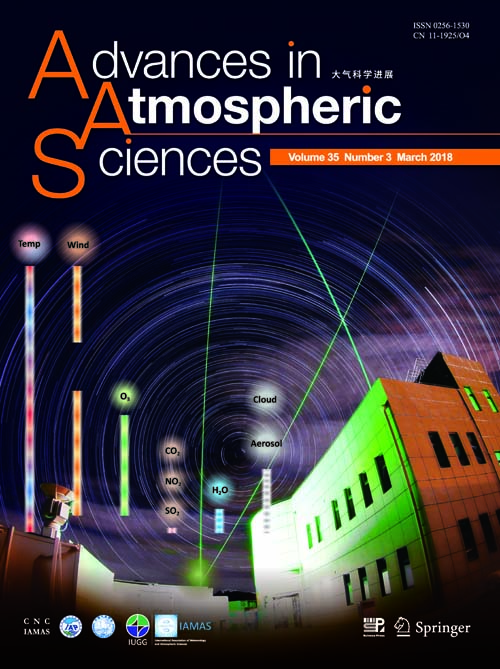
For decades, satellites have been monitoring the atmosphere to support research on the global climate, weather, and environment. However, strong demand still exists for ground-based observations of the whole atmosphere.
An NSFC (National Natural Science Foundation of China) funded research facility named "Atmospheric Profiling Synthetic Observation System" (APSOS) was built at the Yangbajain (YBJ) International Cosmic Ray Observatory in Tibet, China, in late 2017. It aims to deepen our understanding on the interactions within the whole (neutral) atmosphere layers and is now in full operation.
The key instruments of APSOS are five lidars (i.e., laser radars), a cloud radar, a terahertz radiometer, and a telescope assembly of four Φ1200 mm mirrors. It can provide range-resolved profiles of temperature, wind, water vapor, aerosol, cloud, ozone, NO2, SO2, and CO2. In addition, there is a data management and validation platform for data retrieval, comparison, and validation.
APSOS is the world’s first ground-based facility for profiling atmospheric variables and multiple constituents in the whole (neutral) atmosphere, covering the altitudes of the troposphere, stratosphere, mesosphere, and the lower thermosphere, according to APSOS team member Dr. PAN Weilin, a researcher from the Institute of Atmosphere Physics (IAP) of the Chinese Academy of Sciences.
In a recently published article in Advances in Atmospheric Sciences, reviewing the recent progress of APSOS, PAN described how APSOS will make long-term measurements and establish the first whole-atmosphere measurement database over the Tibetan Plateau.
"International collaborations are strongly encouraged," PAN says.

APSOS, illustrated on the cover of Issue 3 of Advances in Atmospheric Sciences in 2018. Three green laser beams at the wavelength of 532 nm pointing into the night sky in zenith, eastward, and southward directions for measuring the range-resolved profiles of atmospheric temperature, wind, aerosol, and cloud. (Image by IAP)

86-10-68597521 (day)
86-10-68597289 (night)

86-10-68511095 (day)
86-10-68512458 (night)

cas_en@cas.cn

52 Sanlihe Rd., Xicheng District,
Beijing, China (100864)

